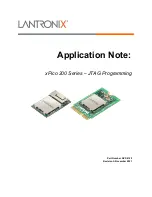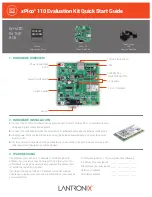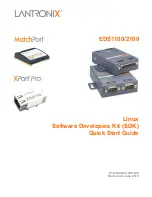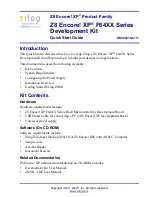
NUC970 Technical Reference Manual
Publication Release Date: Dec. 15, 2015
- 1003 -
Revision V1.30
NUC97
0
T
E
CHNIC
A
L
RE
F
E
RE
N
CE
MA
NUA
L
Support F180 (up-side-down (flip) and X180 (180 degree rotation)
5.28.3 Block Diagram
Graphic
Command
ROP Control
Example: Host -> Graphics Engine -> Display Memory
Display Memory
AHB
Host
FIFO
TRANSP
/CLIP
Line Drawing
ROT
INPUT
DATA
Figure 5.28-1 2-D GE Engine Architecture
5.28.4 Basic Configuration
Before using 2D graphic
engine, it’s necessary to enable clock of 2D graphic engine. Set GE2D
(CLK_HCLKEN[28]) high to enable clock for 2D graphic engine operation.
5.28.5 Functional Description
Bit Block Transfer (BitBLT)
5.28.5.1
BitBLT is the operation that accelerates transfers of data between regions of display memory, or
between system memory and display memory. The BitBLT engine operates on three pixel maps
(operands): source, pattern, and destination, with all 256 possible raster operations (ROPs). The
graphic engine can support several kinds of BitBLT including HostBLT, Pattern BLT, Color/Font
Expanding BLT, Transparent BLT, Color/Font Expansion, and Rectangle Fill, etc.
The source map data may reside in display memory or system memory, both can be color or
monochrome. The 8
8 pattern map data may reside in display memory when it is color data, or may
come from internal pattern register when it is monochrome data. The destination map data must
reside in display memory. The resultant destination data generated by the engine is normally written
back to the display memory, or it may be read back by the CPU.
HostBLT (Between System Memory and Display Memory)
5.28.5.2
The HostBLT is used to transfer data quickly between system memory and display memory. To
transfer data quickly from system memory to display memory, the host may set up a host write BLT to
select system memory as source data. Data may be color or monochrome. In monochrome data case
for color/font expansion, all ones in the source are expanded to a pixel of foreground color and all
















































